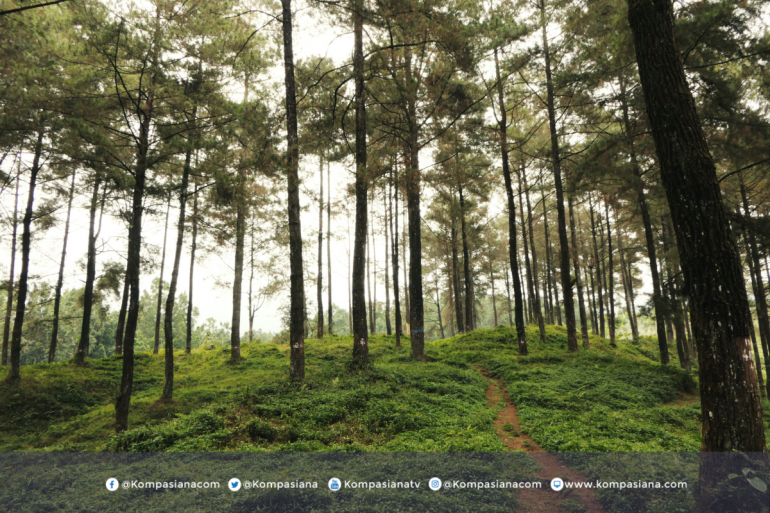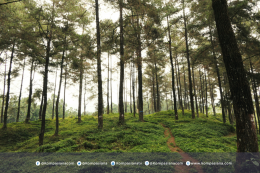Local inertial frames are influenced by the global distribution of angular momentum.
Torsion encodes such relational information geometrically.
6.4 Relation to Quantum Gravity and Spin Networks
Einstein--Cartan theory stands at the intersection of classical general relativity and quantum gravity, especially in frameworks where spin and geometry are fundamentally intertwined.
Loop Quantum Gravity (LQG)
LQG describes spacetime as a network of quantized loops---spin networks---where geometry itself emerges from combinatorial interactions of spin.
Torsion in EC theory corresponds to the classical limit of non-trivial holonomies in spin networks.
Thus, the macroscopic torsion and vorticity studied here could be viewed as the semiclassical remnants of quantum spacetime structure.
Spin Foam Cosmology
Spin foams provide a path-integral formulation where spacetime evolves as a sum over spin configurations.
Cosmic rotation and anisotropy may correspond to a non-trivial topology in spin foam transitions, suggesting that early-universe vorticity encodes initial quantum entanglement structure across the multiverse.







